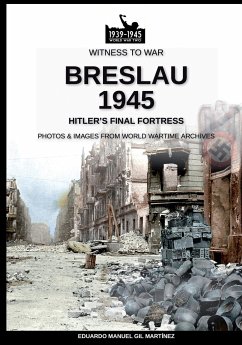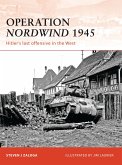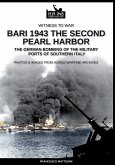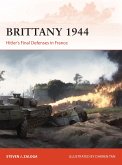In 1944 Adolf Hitler ordered the creation of a defensive line based on fortress cities (festung) capable of stopping the enemy and then serving as a base for a counter-offensive that few saw as possible. Breslau, in Lower Silesia, was one of the chosen cities. For its fortification defensive rings and bunkers were built, artillery was reinforced and the civilian population was militarized. At the time of the Soviet attack the city was immediately surrounded. From February 13th, 1945 to May 6th, 1945, its supply could only come by air and was directed from Berlin. Parachute units arrived on gliders, while on the ground regiments such as the SS "Besslein" repelled the enemy and carried out hand attacks that forced the Russians to defend themselves. Breslau was not conquered: its military commander surrendered the city only when Berlin had already fallen and the fighting in Europe had stopped almost everywhere. During the siege, German forces suffered more than 6.000 deaths and 23.000 wounded to defend Breslau, while the Soviet losses were more than 60.000. The civilian casualties were as high as 80.000. Breslau was the last major city in Germany to surrender, capitulating only two days before the end of the war in Europe. This new issue of the Witness to War collection, illustrated with over a hundred pictures, offers the reader the exciting story of what was the last stronghold of the Reich.








